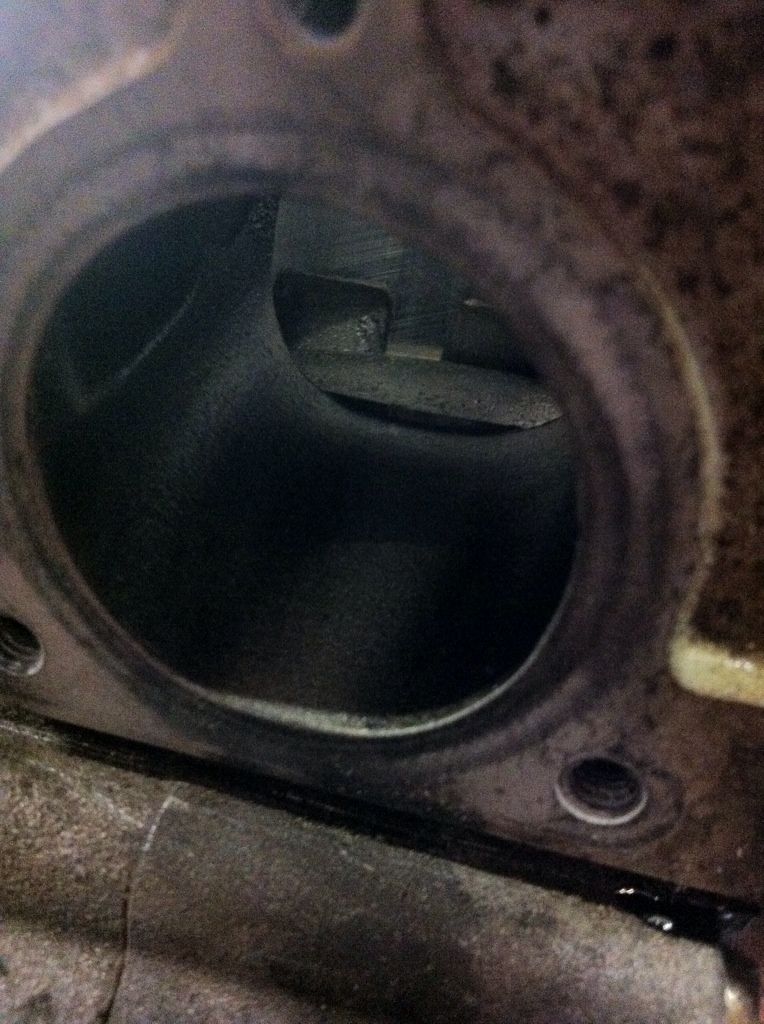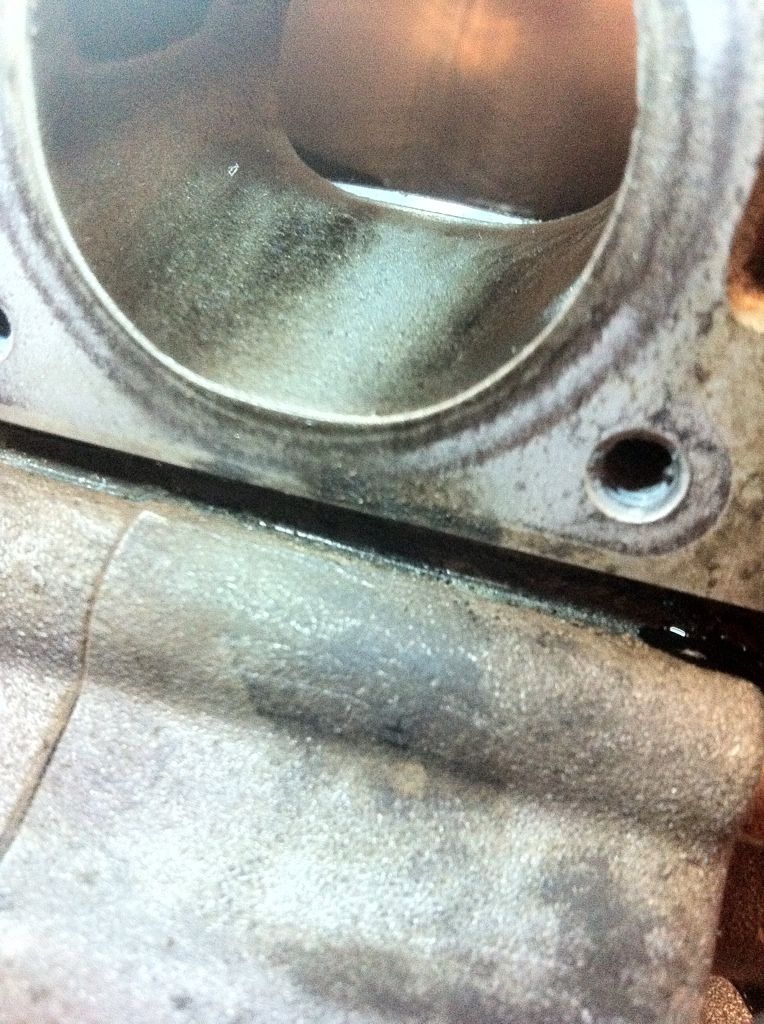So i got the cylidner on Friday arvo... just had a chance to map it out this morning and compare it to the last stock '11 EC250 i worked on...
Some obvious things about the S3 cylidner...
- it is the exact same basic cylidner as a stock unit, obviously cast from the same batch as the standard cylidners, it just has S3's logo on the side.
- its had some extra work done to the ports over the stock unit and the finish on the ports is MUCH better than the last stock one i had (which was terrible)
- the aux EX ports have been widened
- Main Ex port has been widened and raised to match the timing of the aux EX ports (stock is staggered with Main Ex lower)
- Main and Aux transfers have been widened
- Boost port has not been touched
All pretty standard stuff aimed at more top end power, most likely at the expense of bottom (as to be expected)...
I ran it through the sim software and got the following graph...
BLACK is the S3 cylidner with a 1.3mm base gasket stack
RED is the S3 cylidner with a 0.5mm base gasket stack
GREEN is the stock EC250 cylidner with a 0.5mm base gasket stack (how the last stock bike that i worked on was set up from the factory)
So the S3 produces significantly more power up top than the stocker due to the larger ports, but you pay the price in reduced bottom end. When i did the last one i faced the same issue and decided to leave the 0.5mm base gasket stack in order to retain some bottom... it was pretty much a half way measure and the final results were very very similar to the RED line on this graph (that person had asked for an increase in top end without a drop in bottom if possible).
So Jake the choice is yours...
- run a 1.3mm base gasket stack and have the port floor flush with the piston at BDC (remembering its only there for a fraction of a second)... this will give the strongest top end but less bottom/mid and the head will have to be shaved 0.8mm to get squish clearance to 1.25mm (current SQ with the 1.3 gasket stack is 2.05mm)
OR
- run a 0.5mm base gasket stack and have the piston a bit above the port floor at BDC (remembering its above the port floor for the rest of the crank rotation anyway)... this will give less up top but keep more down low. The head wont need to be shaved because the cylidner is 0.8mm lower (dome volume will need to be sorted out still though, yet to do the calcs on that)
Of course you can run anything else between 1.3 and 0.5 if you want and its intuitively obvious how the power will be affected.
Aside from the drop in bottom end power the real issue is how important is is to have the piston flush with the port floor at BDC anyway?? In my opinion (and there are many others way more qualified to answer this) the port floor issue is the lesser of two evils... for normal trail riding id rather retain some bottom/mid and live with the fact that my port floors arent flush for the ~0.0001 of a second they otherwise would be at 8000rpm.
Another issue with the EC250 is that the fact that the powervalve snaps open very fast causing a drop in the mid range with the larger exhaust port... if you could keep the same opening start point (about 4500) but extend the opening period out to 7000+ rpm (currently fully open by ~6000) it would work better with the bigger ports... this is obvious in this graph how the GREEN line doesnt drop at all at 6500 but the other two do... its timed to work with the smaller stock ports.
Plenty of food for thought.
 .
.


